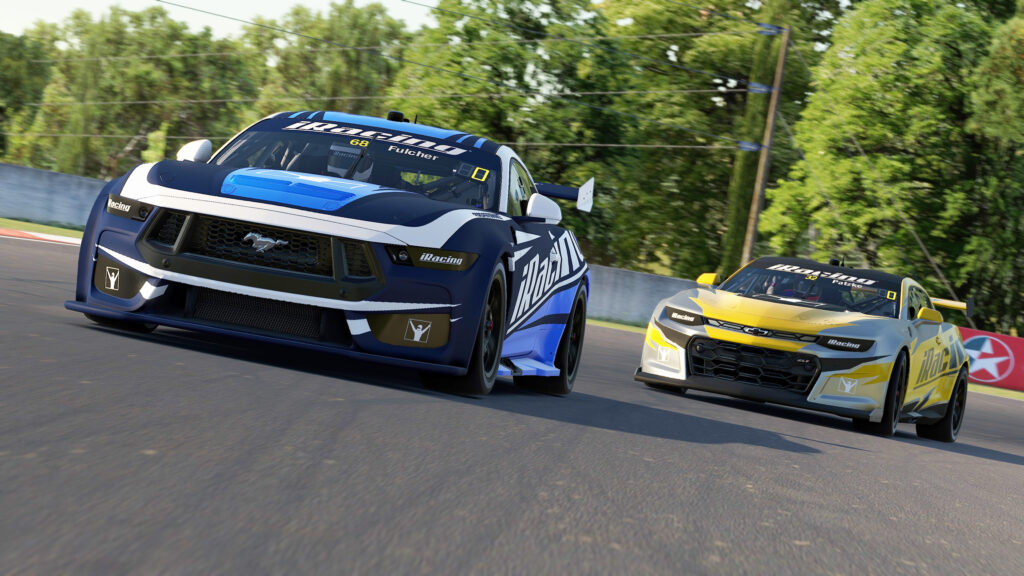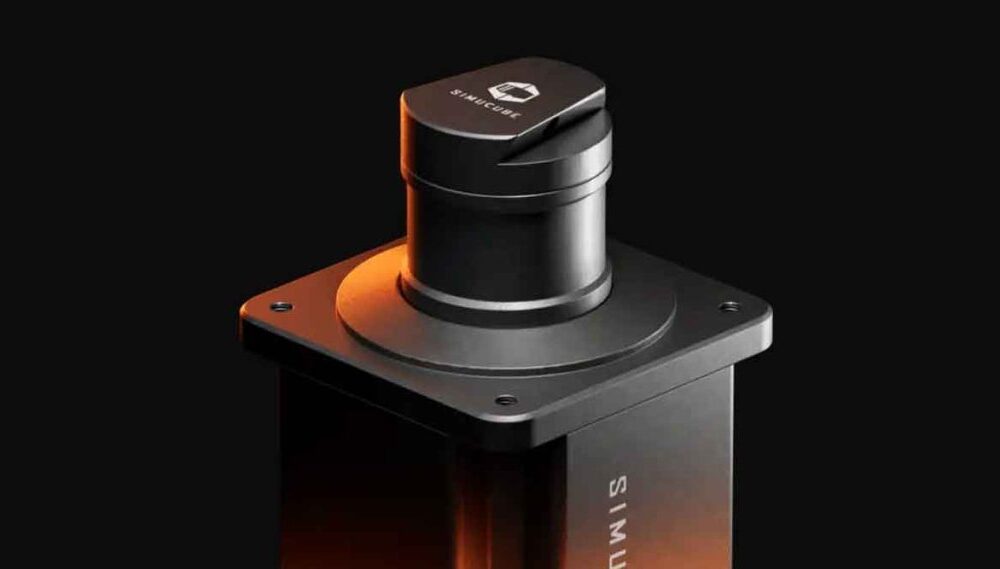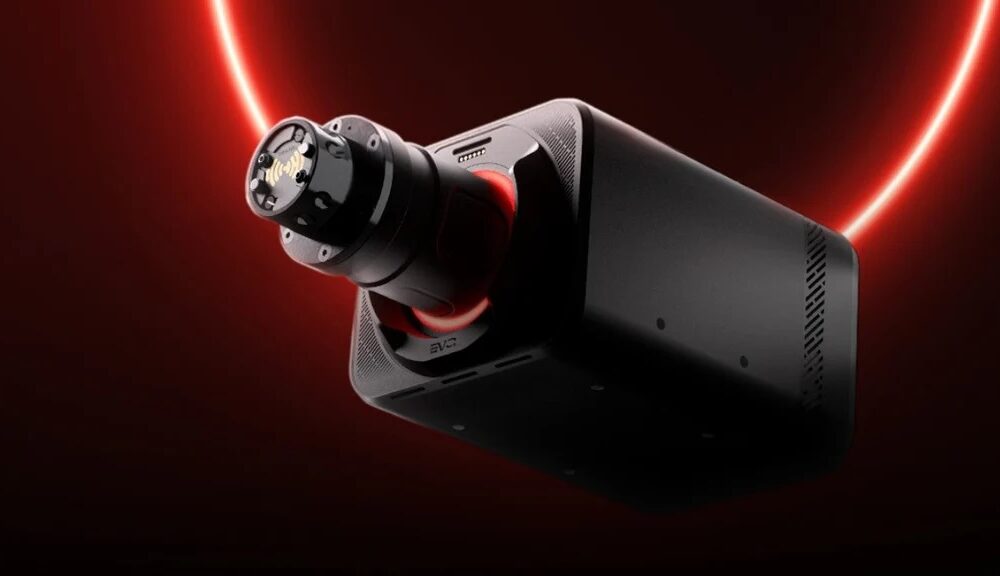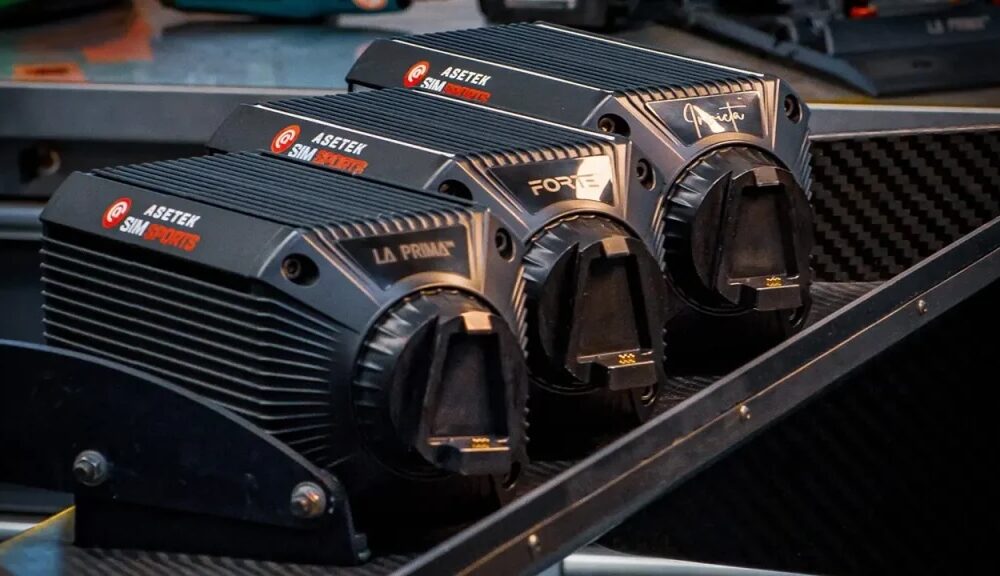Not something we have covered before are the Supercars in iRacing and now specifically the Gen 3 Supercars, which include the Chevrolet Camaro and Ford Mustang. IRL they were introduced in 2023 to replace the Gen 2 Holden Commodore and Mustang GT and represent the latest evolution of Australia’s premier touring car series.
They were released in iRacing in the 2025 Season 1, with Gen 2 Supercars being moved to the legacy content. If you purchased them in the past year, iRacing offers a credit toward the new cars.
Introducing The Gen 3 Supercars
Gen 3 Supercars are purpose-built race cars that compete in the Supercars Championship. Designed to focus on affordability and parity, they deliver wheel-to-wheel action while appealing to a new generation of fans.
Gen 3 Supercars made their competitive debut in the 2023 motorsport season, following several years of development and testing. The series organisers introduced this new generation to address several challenges, including escalating costs, waning manufacturer involvement and the need for closer competition on the track.
The primary goal was to create simpler, lighter and cheaper cars. This move was essential to sustain the health of the Supercars Championship and encourage more manufacturers to join the series. Additionally, Gen 3 cars reflect the shift in the local car market, transitioning from the locally produced Holden Commodores and Ford Falcons of earlier eras to global models like the Chevrolet Camaro and Ford Mustang.
Gen 3 cars resemble road-going counterparts, with simplified aerodynamics and reduced downforce. While retaining the core V8 engine, cars are now built on a new chassis design. Key specifications include:
- A reduced overall weight of approximately 1,335 kilograms, down from the Gen 2 cars’ 1,400 kilograms.
- A 5.4-litre naturally aspirated V8 engine for the Ford Mustang and a 5.7-litre V8 for the Chevrolet Camaro, delivering roughly 600 horsepower.
- Simplified aerodynamics to reduce downforce by nearly two-thirds compared to Gen 2 cars.
- Increased use of control components, including standardised braking systems and suspension parts, to cut costs and level the playing field.
The Basic Characteristics
The key differences between Gen 2 and Gen 3 cars are reduced weight and simplified aerodynamics. Gen 2 cars relied more on downforce, resulting in a more planted driving style. By contrast, Gen 3 cars focus on mechanical grip, requiring drivers to manage their inputs more precisely. The new chassis is also narrower, which makes cars more agile through corners.
Steering and Cornering
The reduced downforce and lighter chassis made Gen 3 more responsive but challenging to handle. Drivers in the Supercars Championship have noted that cars are less forgiving, requiring greater steering precision and throttle control.
The reduced aerodynamic grip means that mechanical grip plays a bigger role. This shift has been praised for raising the driver skill ceiling, as managing handling, braking and throttle application in these cars is challenging.
Power Delivery and Braking
The naturally aspirated V8 engines retain the iconic roar that fans love, but their power delivery has been refined for smoother acceleration. The lack of turbochargers means immediate throttle response.
Braking systems have been standardised, providing consistent performance across both cars. The lighter cars also experience less strain under braking, allowing shorter stopping distances and more aggressive corner entries.
However, Gen 3 cars stayed with the sequential gearstick and manual downshift. Therefore, it is still necessary to blip the throttle on downshifts to match the engine speed to the wheel speed and avoid rear lock-ups. TC and ABS are also not available in these cars.
Aerodynamics and Bodywork
Supercars feature bodywork that mirrors the production versions of the Camaro and Mustang. The designs incorporate factory-style panels, a change from the generic silhouette bodies of the Gen 2 era.
With significantly reduced aerodynamic downforce, drivers face more challenges at high speeds. The aero design also reduces dirty air and enables closer racing.
- Install Coach Dave Delta to analyse the driving and setup of these cars. The app is a comprehensive telemetry and analysis tool designed for sim racers to improve performance. It allows drivers to compare their lap data with reference laps created by Coach Dave Academy, providing insights into braking points, throttle application and steering inputs.
Gain seconds in lap time with our incredible iRacing setups that include professionally developed setups and referance laps for every car available in the official weekly racing series that you can find on iRacing.
Where You Can Race Them
The Supercars Series is the only regular series for Gen 3 Supercars on iRacing. Races are scheduled every two hours, and drivers need a C licence to participate. The series features standing starts and up to 32 drivers on the grid.
The calendar isn’t focused on Australian tracks, although Phillip Island and Oran Park are included in the first racing season. Other weeks offer a mix of regional and renowned circuits and include Watkins Glen, Navarra, Brands Hatch, Magny-Cours, Indy Road, Belle Isle, Okayama, Snetterton, Red Bull Ring and Sandown.
The long-term popularity of the Supercars series in iRacing is unclear. These cars are unique and difficult to master, and the series does not attract much attention worldwide. Eventually, the championship with the Gen 2 Supercars turned into league racing, where only a few specific time slots attracted enough drivers to make sessions official.
Besides the Supercars series, iRacing holds the Bathurst 1000 every October, a special event for fans of these cars. Regarded as the pinnacle of motorsport in Australia, this is the biggest event on the calendar for the Supercars Series.
Final Thoughts
The Gen 3 Supercars is an evolution of Australia’s premier touring car series that offers a new challenge for sim racers in iRacing. With reduced downforce, lighter weight and focus on mechanical grip, these cars demand high driver skill and precision. This update presents an opportunity for newcomers and veterans of the Supercars series to enjoy unique cars and competitive racing.







